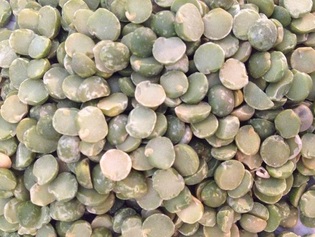The first thing to do when you look at a label is to look at the serving size. This is very important for 2 reasons:
1) If you are comparing 2 products you want to compare a serving size that is the same so that you are
comparing the same amounts. 2) Often we eat a lot more than what the serving size is. That’s ok, however, you want to know how much the
package is stating the serving size is so that you can adjust it for the amount that you eat.
Some nutrients that I would always look at on labels, whatever the product is, are sodium and fibre. It is important to look at the amount of sodium when you look at the label. Look for the Milligrams (mg) of sodium. Try to choose products lower in sodium. Fibre is another nutrient that it is important to look for on the label. Look for the grams (g) of fibre. Try to choose products higher in fibre.
Only use the percent’s to quickly compare products if the serving size is the same. Don’t assume that you are getting the percent that it says. You can also use the Percent Daily Value to find a product that is low or high in something. 5% or less is a little and 15% or more is a lot.
Labels can be very useful to help us understand what is in a product but reading the ingredient list is also key because this tells us more information about what is actually in the food or drink.
To see what the proposed changes are to the label in Canada or to have your say click here
For more information or to gain more hands on practice contact Jill, Nurture The Future's Registered Dietitian at [email protected]






 RSS Feed
RSS Feed

.png.aspx?width=150&height=150)
